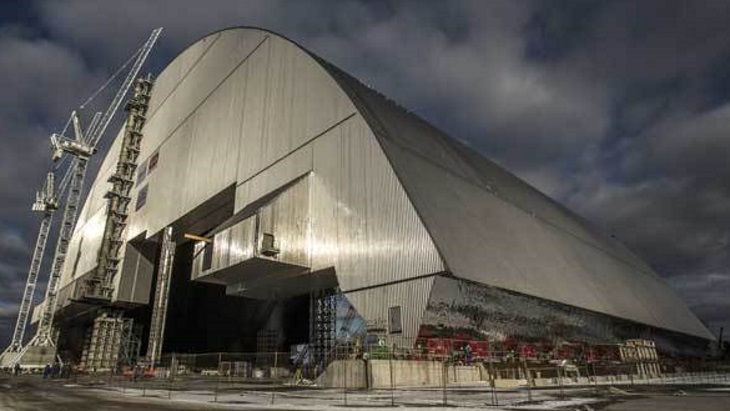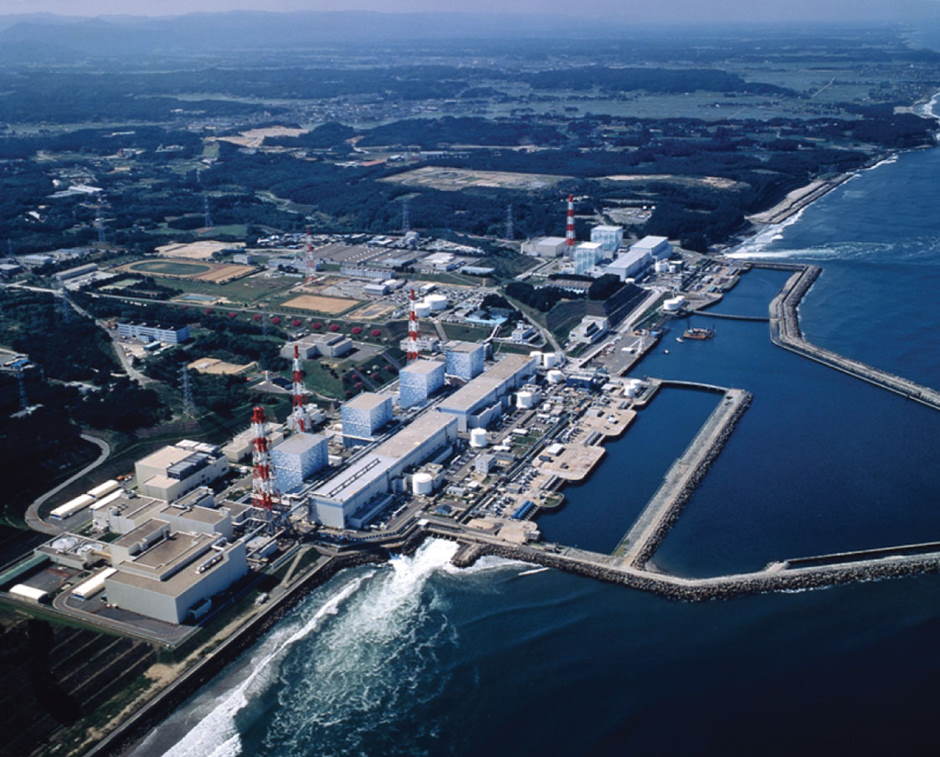What are the effects of nuclear accidents?
There have only been two major accidents at nuclear power plants, and their impacts have been far less severe than widely feared. Nuclear is the safest energy source we use anywhere in the world.
The provision of reliable electricity brings huge benefits to society, but its production, like any other industrial activity, is not without risk. In the history of civil nuclear energy, there have only been two major accidents where a large amount of radioactive material was emitted: at Chernobyl (1986), which has resulted in 46 deaths so far, and at Fukushima Daiichi (2011), which resulted in no casualties. Air pollution from the combustion of fossil fuels, including in power plants, causes 8.7 million deaths every year, making fossil fuels the deadliest energy source overall. In terms of the number of deaths from accidents, hydroelectric power is the deadliest method of generating electricity. The hydro accident with the highest death toll was the collapse of the Banqiao Dam in China’s Henan province in 1975, which resulted in 171,000 direct and indirect fatalities according to official estimates.
It has been concluded in studies conducted by, for example the World Health Organisation, that the radiation health effects of nuclear accidents have been very small. The main impacts of nuclear accidents were not caused by radiation exposure, but instead were due to psychological and socio-economic factors resulting from misconceptions and fears about radiation – and so could have been largely avoided. Further information can be found on the information page regarding radiation and health effects.
Chernobyl
The most serious nuclear accident took place on 26 April 1986 at the Chernobyl nuclear power plant in Ukraine (then part of the Soviet Union). It is the only nuclear accident in the history of commercial nuclear power to have caused fatalities from radiation. Several factors, including reactor design issues and a poor safety culture, led to a failed safety test that caused two explosions, a fire that lasted for over a week, and the release of a large amount of radioactive material.
Two workers died due to the explosions, as well as 28 emergency personnel and plant workers from acute radiation syndrome (ARS; commonly known as ‘radiation sickness’). There were also about 5000 thyroid cancer cases (of which 15 have proven fatal so far), many of which could have been avoided by preventing the consumption of contaminated foodstuffs, such as milk. Follow-up studies have firmly concluded that the accident has not caused an increase in birth defects or hereditary effects, and no measurable increase in solid cancers beyond thyroid cancer has been detected.
Since the accident there has been a continuous clean-up of the site and the neighbouring areas. A concrete shelter was rapidly built over the damaged reactor to stop further releases of radioactive material. This was a temporary solution, and it was eventually replaced by the New Safe Confinement structure, construction of which was completed in July 2019.
The remaining three reactors at Chernobyl continued operating after the accident, with the last one closing in 2000. The Information Library has a page on the Chernobyl accident, which contains more detailed information.

The New Safe Confinement with Chernobyl unit 4 behind it. The 36,000 tonne structure was pushed 327 metres on rails into position over the reactor building in November 2016. (Image: European Bank for Reconstruction and Development)
Fukushima Daiichi
On 11 March 2011, the strongest earthquake ever recorded in Japan triggered a massive tsunami along the Pacific Coast. The earthquake and the ensuing tsunami resulted in the death of 19,729 people (with 2559 still missing) and devastated communities up and down the country. Reactors close to the earthquake, including those operating at Fukushima, shut down as designed.
However, as a consequence of the flood caused by the tsunami, the backup generators at the Fukushima Daiichi plant, which were meant to pump cooling water through the reactor, were destroyed. As a result, three cores largely melted over the following three days and there were several hydrogen explosions, as well as the release of nuclear material into the environment.
The accident at Fukushima Daiichi did not result in any radiation deaths or cases of radiation sickness, and the United Nations Committee on the Effects of Atomic Radiation (UNSCEAR) concluded that there will be no observable negative health effects for the public due to radiation. However, the evacuation of residents resulted in death and suffering, mainly amongst elderly residents in Fukushima, as well as long-term psychosocial health effects and stigmatization. Further information can be found in the information page on the Fukushima Daiichi Accident.

The Fukushima Daiichi power plant prior to the 2011 tsunami and accident (Image: TEPCO)
The socio-economic and psychological impacts of nuclear accidents
Shortly after the Chernobyl accident it became evident that the main impacts of nuclear accidents are not radiological, but socio-economic and psychological, driven by misconceptions about the health effects of radiation. A very similar situation is also seen following the Fukushima Daiichi accident. This has been confirmed by several organizations including the World Health Organization, UNSCEAR, and the International Atomic Energy Agency.
Stigmatization of both exposed and evacuated populations following both accidents has strongly contributed to a significant rise in alcoholism, depression, anxiety, bullying and suicides. In addition, some doctors in Europe advised pregnant women to undergo unnecessary abortions on account of radiation exposure due to the Chernobyl accident, even though the radiation levels concerned were vastly below those likely to have any negative health effects.